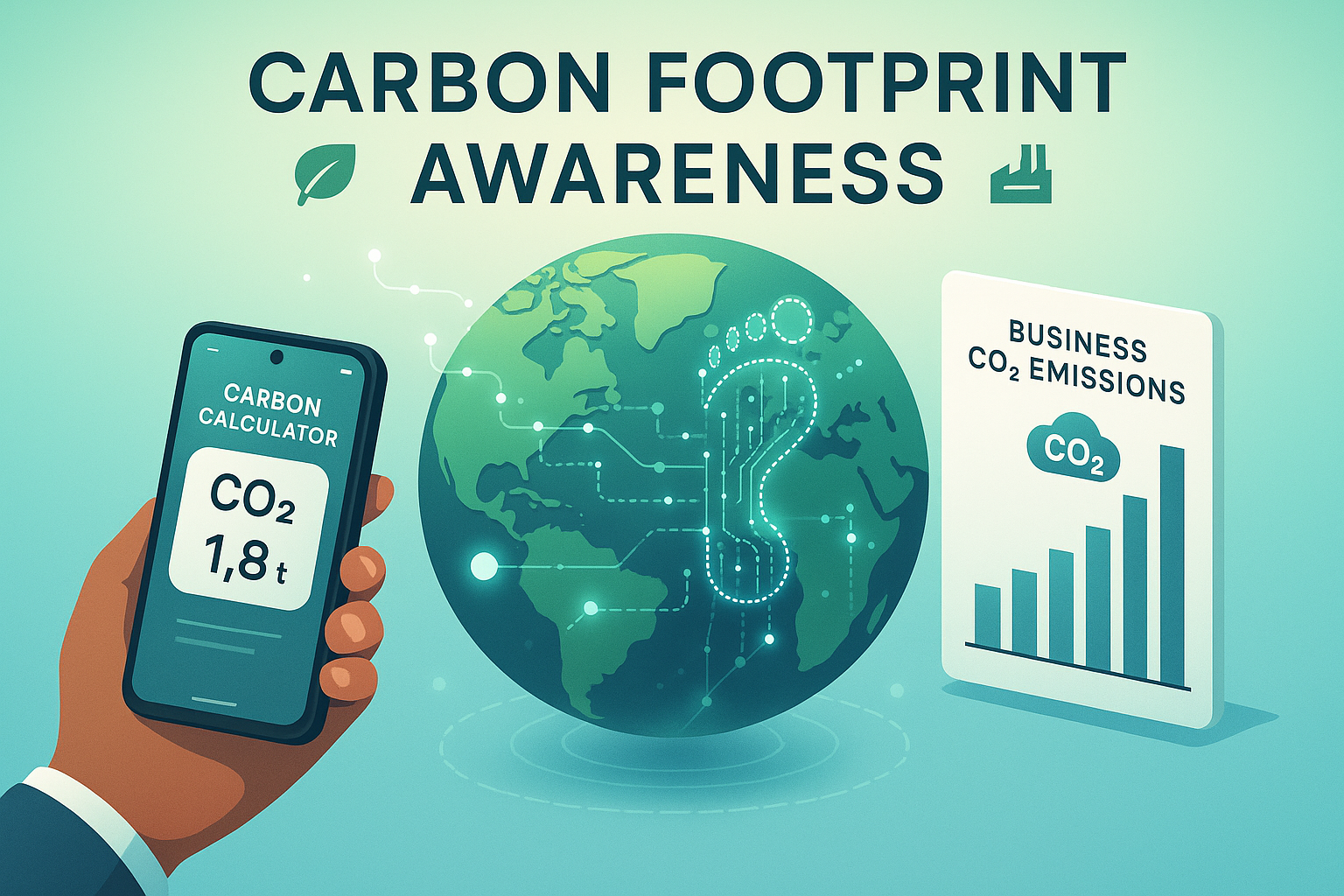Understanding Carbon Footprint
Measure and reduce your environmental impact with our comprehensive guide to carbon footprint calculation for individuals and businesses.
What Is a Carbon Footprint?
A carbon footprint is the total greenhouse gas (GHG) emissions caused directly and indirectly by an individual, organization, event or product, expressed as carbon dioxide equivalent (CO2e).
Individual Footprint
The average person generates about 4 tons of CO2e annually through daily activities like transportation, home energy use, and food consumption.
Business Footprint
Companies account for 70% of global emissions. Even small businesses typically produce 50+ tons CO2e yearly.
Product Footprint
From manufacturing to disposal, a single smartphone creates about 85kg CO2e over its lifecycle.
Event Footprint
A 500-person conference generates approximately 50 tons CO2e from travel, venue energy and materials.
How to Calculate Your Footprint
For Individuals
Track these key areas:
- Home energy usage (electricity/gas)
- Transportation (miles driven/flown)
- Diet (meat consumption frequency)
- Shopping habits (new vs used items)
For Businesses
Follow ISO standards:
- ISO 14064 for organizational GHG accounting
- ISO 14067 for product carbon footprints
- Scope 1-3 emission categorization
Reduction Strategies
Energy Efficiency
Upgrade to ENERGY STAR appliances and LED lighting to reduce home/business energy use by 20-30%.
Sustainable Transport
Each avoided 10-mile car trip prevents ~4kg CO2e. Consider public transit, biking or electric vehicles.
Circular Economy
Recycling and composting can divert 30% of household waste from landfills, reducing methane emissions.
Renewable Energy
Switching to solar/wind power can eliminate 80-100% of your electricity-related carbon footprint.











